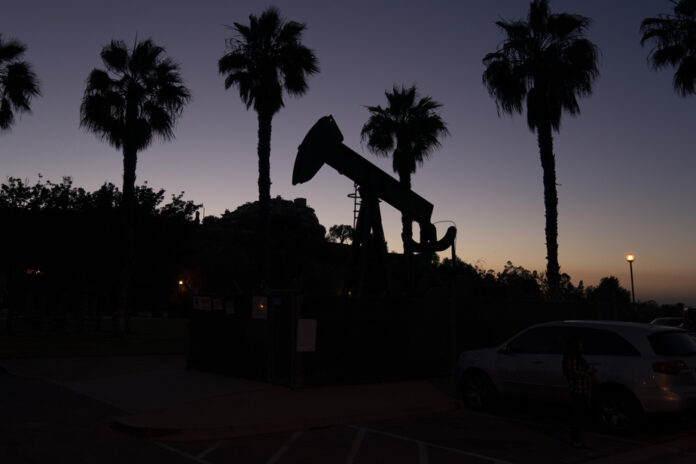(New York) Oil prices fell on Wednesday, hurt by profit-taking and refinery shutdowns in France, which overshadowed good news from U.S. demand.
The price of a barrel of Brent North Sea oil for May delivery fell 0.47% to close at $78.28.
A barrel of US West Texas Intermediate (WTI), due the same month, fell 0.31% to $72.97.
For Kpler’s Matt Smith, the shift comes after a rebound on Monday and Tuesday, which may have led to some profit taking in “a still uncertain environment”, marked by three turbulent weeks in the financial sector.
The operators also noted that officials from members of the Organization of the Petroleum Exporting Countries (OPEC) had told Bloomberg, on condition of anonymity, that they did not expect a change in the cartel’s production quotas. at the April 3 ministerial meeting.
Some had mentioned in recent days a possible reduction in the group’s volumes to support prices, under pressure from the prospect of a possible recession.
Crude prices also suffered from the continued blockage of five of the seven refineries located in mainland France, following a strike against the pension reform.
“There are 14 million barrels waiting offshore” in tankers because they cannot be transported to refineries, explained Matt Smith.
This bottling is unfavorable to crude oil prices, because the formation of additional stocks increases supply in relation to demand.
According to the Bloomberg agency, the French government on Wednesday released the equivalent of some 10 million barrels of oil, mostly refined products, which are subject to shortages in France.
All of this more than offset the U.S. Energy Information Agency’s (EIA) weekly report that commercial crude inventories fell by a surprising 7.5 million barrels. .
The decrease is partly explained by the acceleration of the activity of American refineries, whose utilization rate climbed to 90.3%, against 88.6% the previous week, which increases their needs in raw.
The EIA also noted new signs of a strengthening of American demand (2.2% over one week), which now stands 3% above its 2022 level at the same time.
The spark came from gasoline, demand for which is at its highest in three months, leading to a 2.9 million barrel decline in U.S. inventories of this fuel last week.















